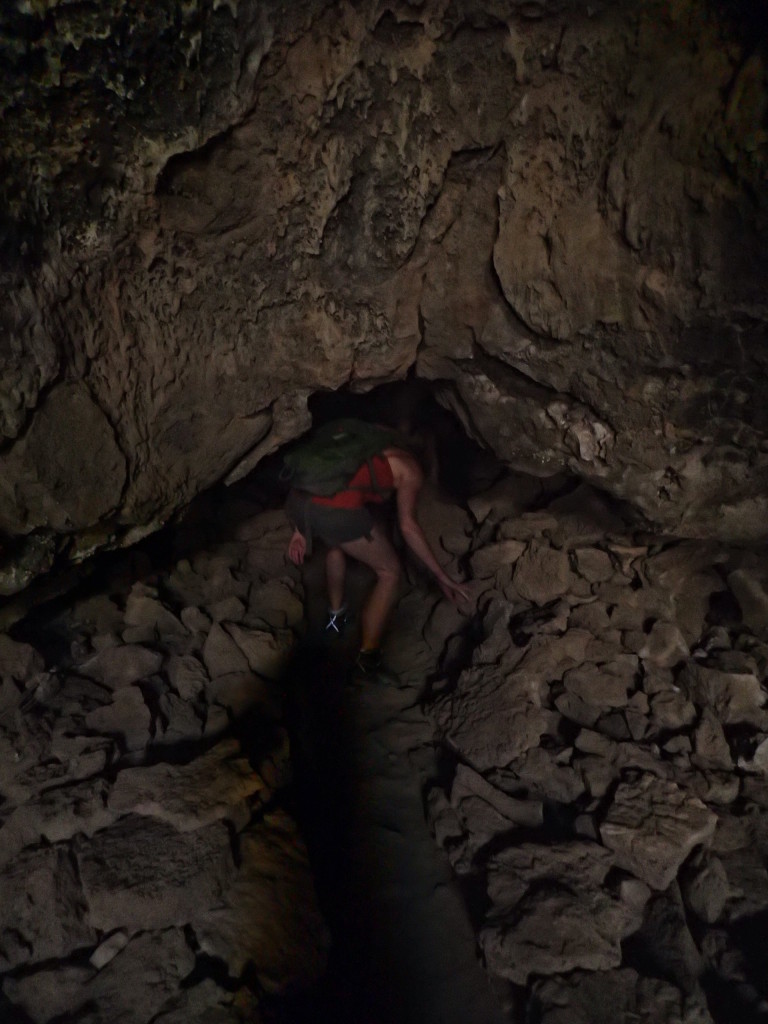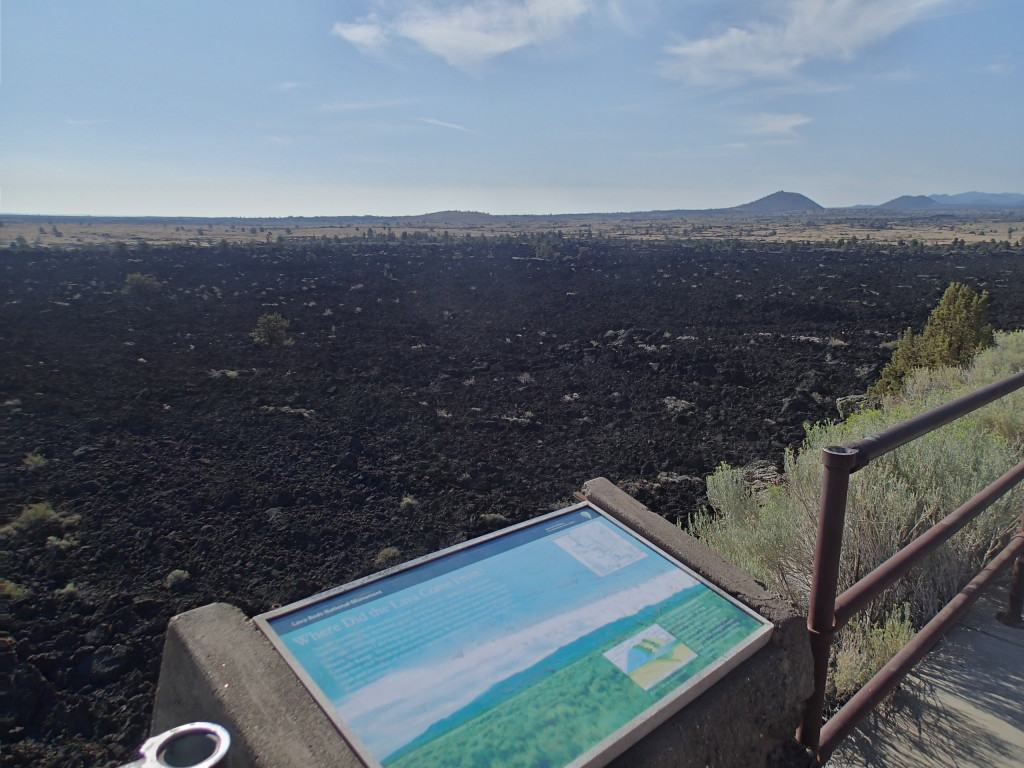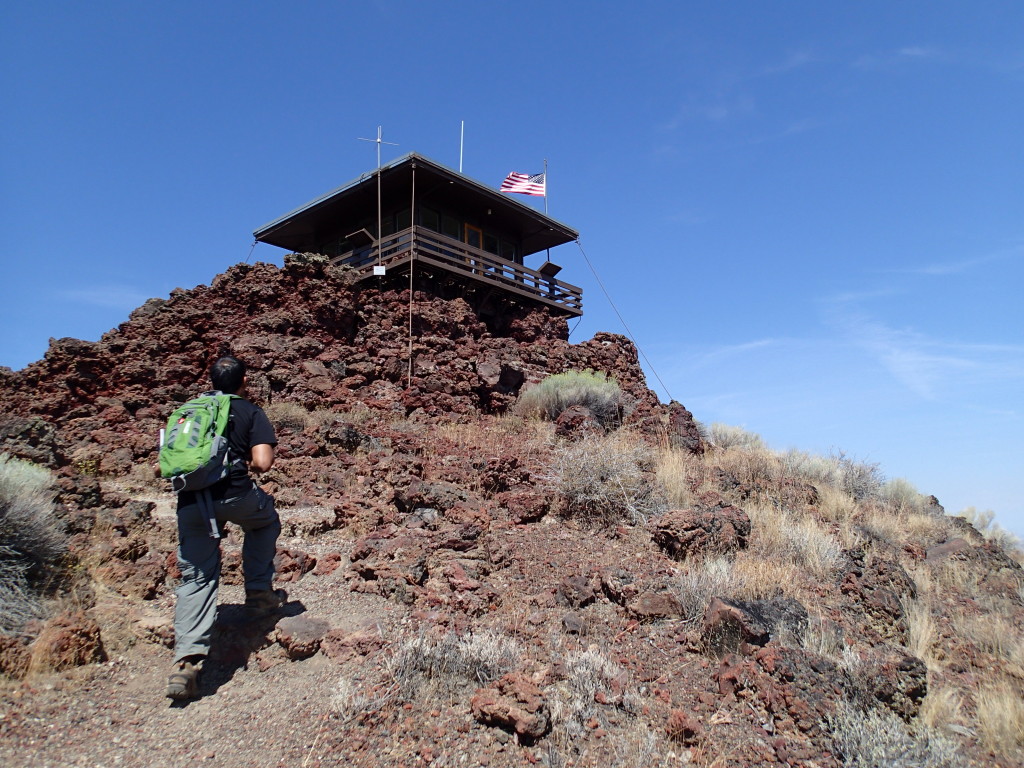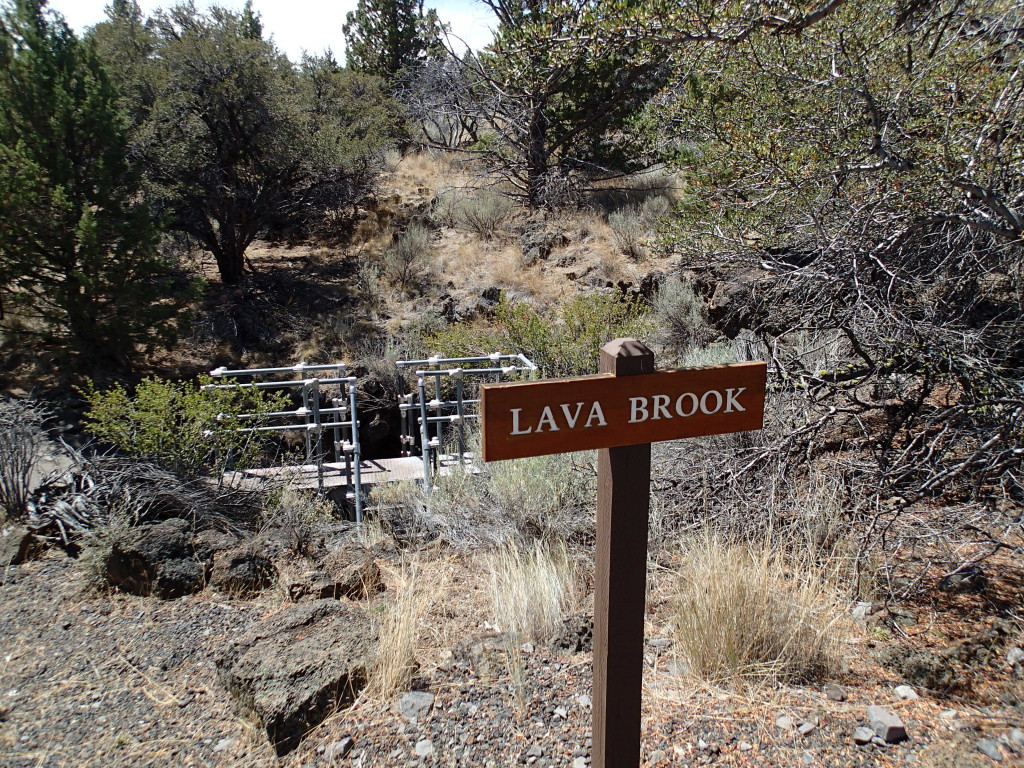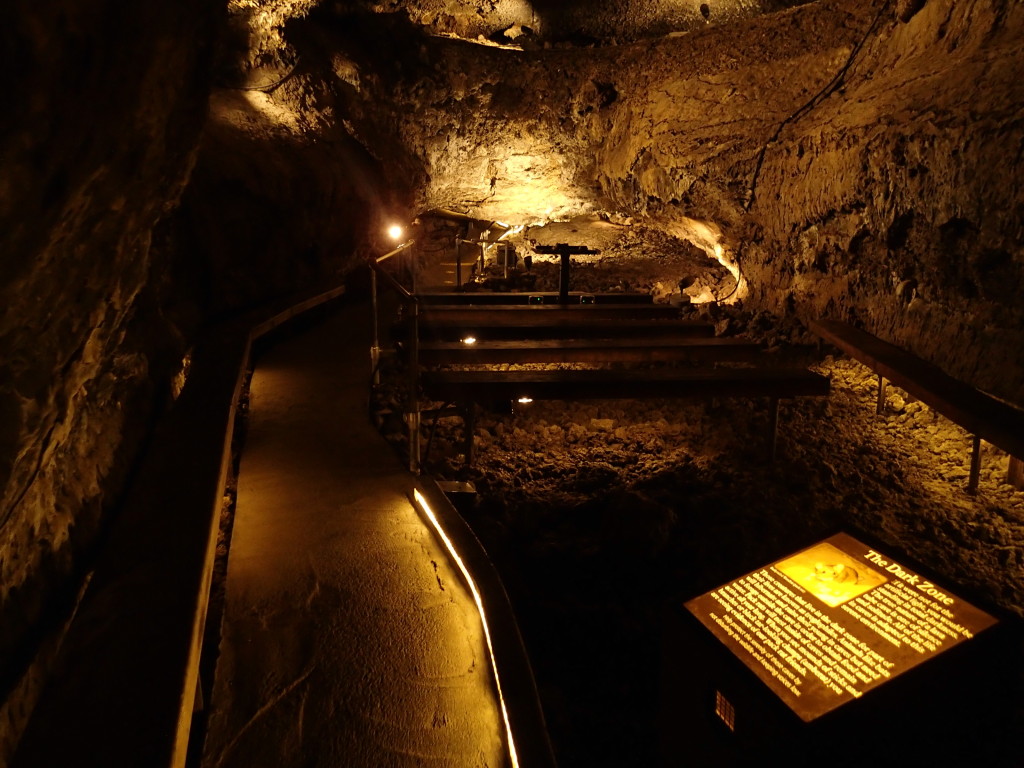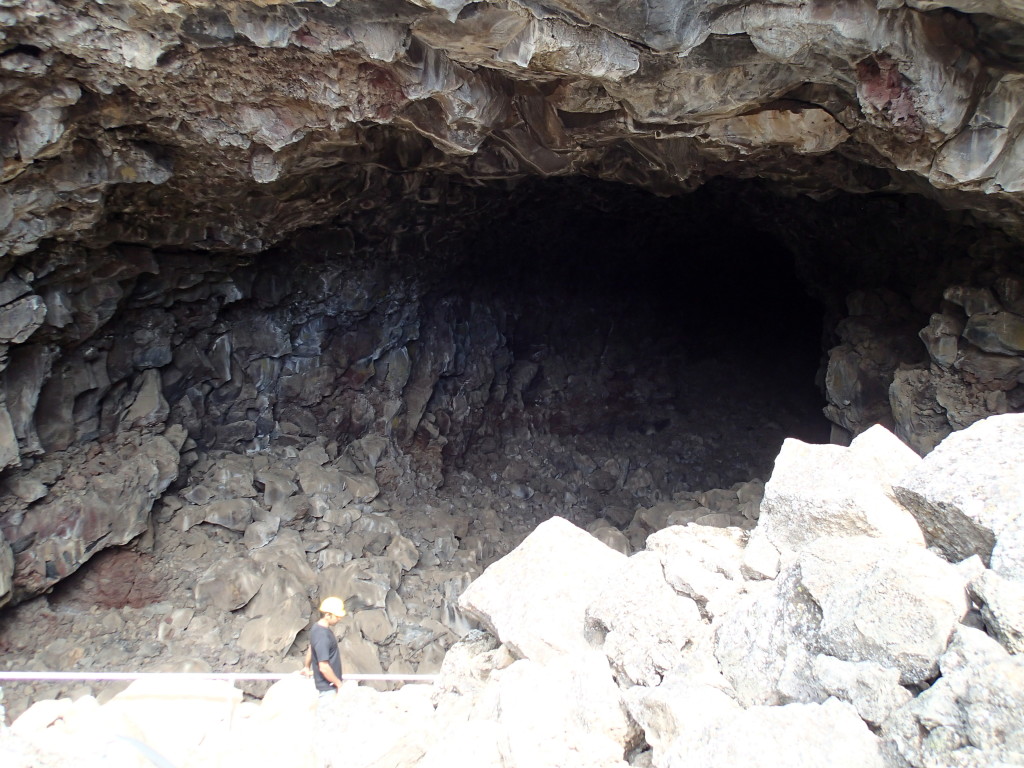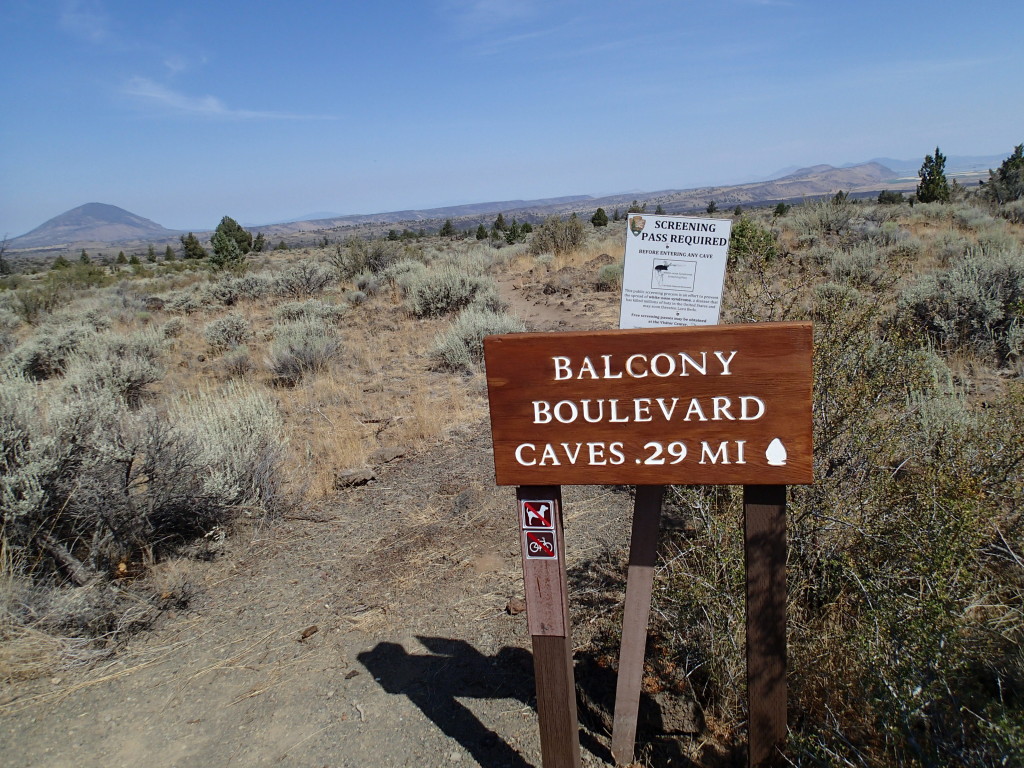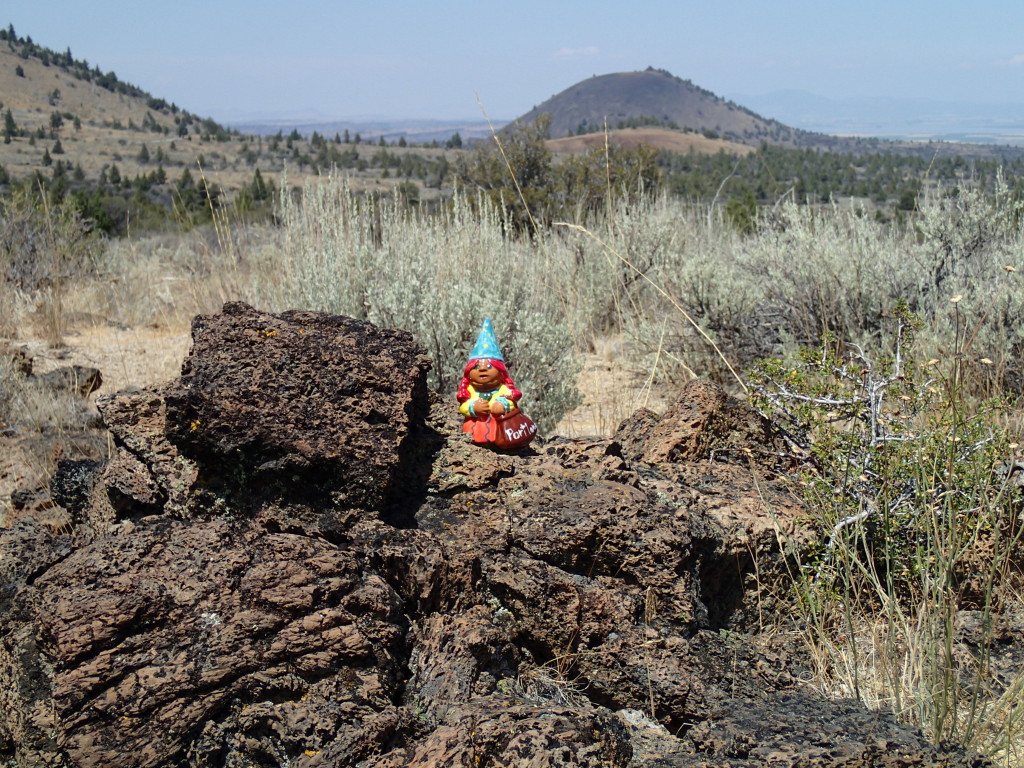As I recently discovered, one of the best ways to break up a West Coast road trip is by taking a slight detour to the Lava Beds National Monument. Located in that mysterious Northeastern corner of California, this park makes up the largest total area covered by a volcano in the Cascade Mountain Range.
Mammoth Crater erupted 32,000 years ago and sent massive lava flows 10 miles downhill, creating some really impressive tubes, caves, and boulder fields. Medicine Lake Volcano last erupted 950 years ago, and shifting tectonic plates in the Pacific Ocean could actually make it active again someday.
This area is also steeped in brutal American history, thanks to textbook clashes between the Modoc Native American Tribe and Euro-American settlers. But you don’t have to know much about the Modoc War of 1872-1873 to enjoy this bizarre scenery.
Surrounded by a high desert wilderness, this national park has over 700 caves, Native American rock art sites, historic battlefields, and campsites. Designated as a national landmark in 1925, Lava Beds has numerous lava tube caves, a couple dozen of which have marked entrances and developed trails you can venture down and explore.
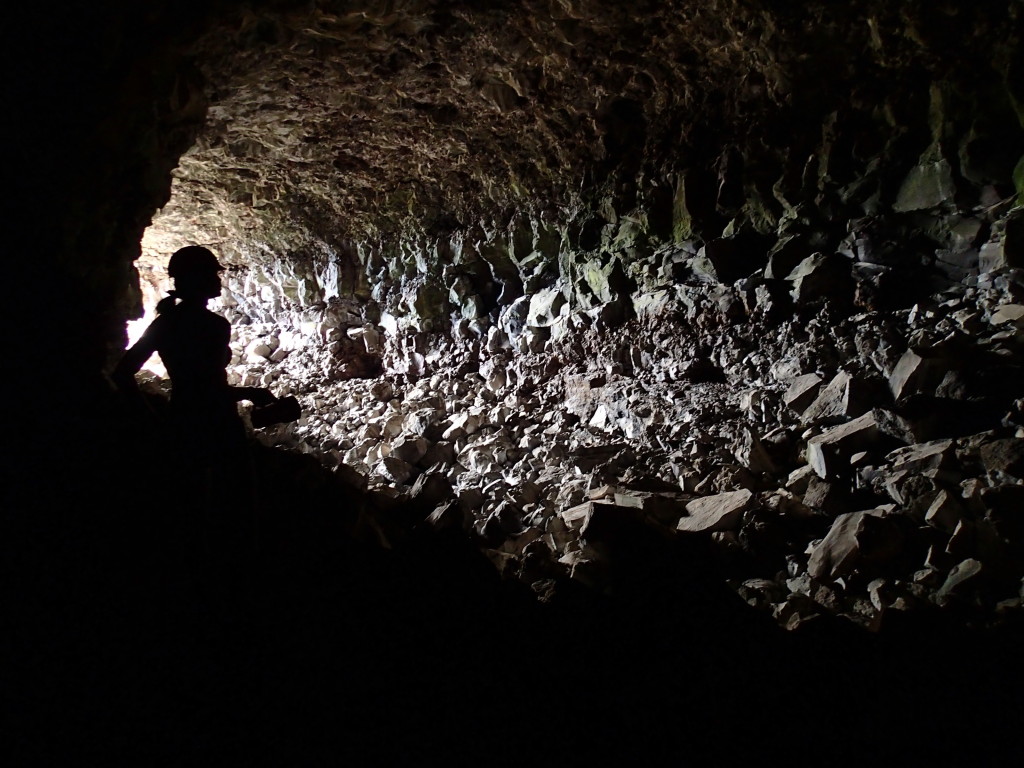
The best part? You can explore these caves on your own without forking over cash for a guided tour or having to put up with annoying tourists huffing and puffing next to you.
Not surprisingly, the best place to start is the visitor center because you can rent flashlights out here for free. They are heavy, bulky, and painfully dim, but they will set you back zero dollars. Basically, if you don’t have one of your own, they’re better than nothing down there.
However, if you plan to spend a few hours at the park exploring the caves beyond just a few safe steps inside, splurge on an $8 plastic helmet at the visitor’s center. The cave ceilings get lower the farther you hike in and the ceiling rocks are dreadfully sharp. I had a head wound a couple years ago (the kind that requires 11 staples), so I wasn’t exactly into the mood to go through that all over again.
But before you lose yourself in the netherworld of spelunking, keep in mind that there are plenty of nice hikes above ground as well. Soak in the views of the cooled lava beds with gentle mountain peaks in the distance as you give yourself a mini history/geography lesson to stimulate some sort of brain activity.
You can wander around to your heart’s content around the lava rocks around Black Crater and Battlefield. This is an awesome place to hike if you don’t want some “trail expert” telling you where you can and cannot go. Vegetation is very minimal, so it’s pretty hard to get lost too. On the day I went, the crowds were unbelievably slim and the whole place had a super eerie vibe.
Definitely don’t miss out on hiking the Schonchin Butte, a 0.7 mile trail that feels about triple that because of the steep elevation. At the top, there’s a ranger station and the dude hanging out all alone inside was quite friendly. However, I truly wonder what he does all day up there.
As you get back in your car and drive along the park roads towards the main section of caves, there are lots of places to pull off and check out. The most accessible caves are surrounded by metal fences and a ladder that leads down to their cool and creepy depths.
To get a small taste of caving without much intensity, you can check out the Mushpot, an accessible cave with a high ceiling, paved surface, installed lighting, and lots of informational plaques to read.
If you’re craving some more caving at this point, you can either hike or drive along the main road to explore a few others. I hiked down and around Labyrinth, Lava Brook, Sunshine, and Sentinel during my time at the park.
But by far, one of the most awesome caves to check out is Skull Cave. Not only because it has a hardcore name, but also because the floor is covered in ice…even on a sunny 90-degree California day.
The trail down to Skull Cave isn’t very challenging, but it’s really unique. It’s a remnant of three large lava tubes situated on top of each other, and the rock ceilings are high enough so you don’t have to duck down at all. This odd setup traps the cold winter air and creates a year-around ice floor down a metal stairway on the lower level.
But why “Skull Cave?” Because two human skeletons and the bones of some pronghorn and bighorn sheep were once discovered inside…that’s why.
To pick out a few routes before you visit, check out this handy PDF of cave descriptions. All the caves are really chilly inside and regardless of the outside temperature, the caves range from about 30-55 degrees Fahrenheit.
Although visitors are free to roam around pretty much everywhere on their own, the caves are still fragile. So don’t touch stuff!
There’s also been an issue with white-nose syndrome, a deadly fungal bat disease that’s been killing off bat populations down there. Check the National Parks Service site for current cave closures because of this.
After visiting other national parks on busy summer days, I really appreciated the low crowds and the freedom to wander around on my own at Lava Beds. Mammoth Caves in Kentucky, for example, doesn’t allow visitors to explore the caves unless they’re part of an organized tour group. Mammoth is still an awesome place though, especially if you sign up for the hardcore 6-hour “Wild Cave” tour.
Lava Beds National Monument might seem a little out of the way for some travelers, but if you are in Northern California or are looking for a really unique road trip destination, I’d definitely recommend swinging by! Who knows, you might even find some of my gnome friends guarding the entrances…


